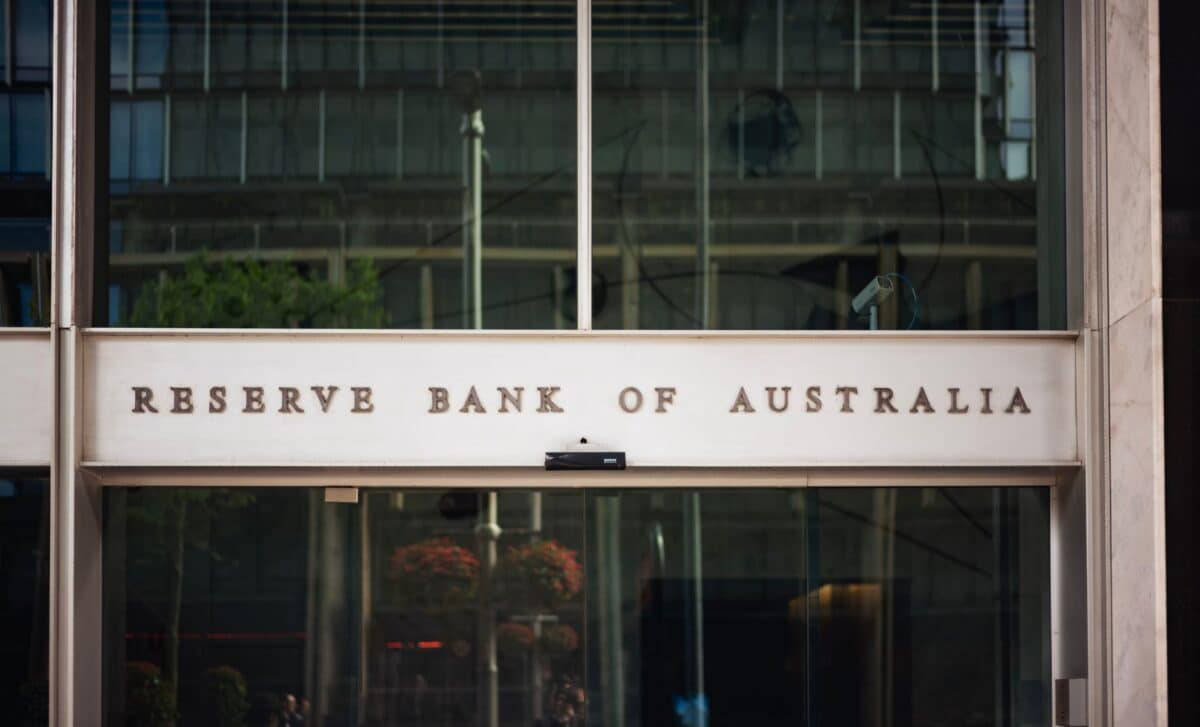The Reserve Bank of Australia (RBA) has indicated its preparedness to implement rapid cash rate cuts if global economic conditions deteriorate, particularly in response to the ongoing trade tensions sparked by US tariffs under former President Donald Trump.
Minutes from the RBA’s May meeting reveal a cautious yet proactive stance towards monetary policy, balancing the risks of economic slowdown with the impact on Australia’s housing market.
This shift marks a notable change in tone from earlier in the year, as the RBA vetoed a larger 50 basis point cut in favour of a more modest 25 basis point reduction, reflecting concerns over inflation and household consumption.
The bank has emphasised its commitment to responding decisively should international developments threaten economic activity or inflation targets.
Cautious Approach to Monetary Easing Amid Global Uncertainties
According to the May meeting minutes released by the Reserve Bank of Australia, the board debated a significant half-percentage point cut to the cash rate but ultimately decided against it.
The decision hinged on the absence of clear evidence that recent US trade policies had materially affected the Australian economy. Instead, a 25 basis point cut was deemed sufficient to maintain predictable monetary policy amid heightened uncertainty.
The RBA noted the importance of maintaining flexibility, stating that the bank would act decisively if international developments, such as escalating trade tensions, had a tangible impact on economic growth or inflation. This preparedness suggests the central bank is willing to accelerate rate cuts if the global economic environment worsens.
This measured stance comes against a backdrop of slowing inflation and subdued household spending, factors that influenced the bank’s decision to ease borrowing costs moderately. Economists interpret this move as a return to a neutral monetary stance after a period of elevated interest rates aimed at containing inflationary pressures.
Implications for Housing Market and Borrowing Costs
Falling interest rates have already contributed to a noticeable rise in house prices across Australia’s capital cities, according to Matthew Hassan, senior economist at Westpac. He noted that prices have increased by 1.7% since the RBA began easing rates in February.
The recent 25 basis point cut is expected to further support borrowing, adding momentum to an already active property market.
The minutes acknowledge the risk that lower borrowing costs could exacerbate housing affordability issues, with RBA Governor Michele Bullock highlighting the responsibility of government bodies to address housing supply shortages.
The RBA’s cautious but responsive approach reflects ongoing concerns about wage growth, which remains modest despite recent minimum wage increases. With wages expected to grow slower than house prices, affordability challenges persist, affecting household budgets amid broader cost-of-living pressures.









